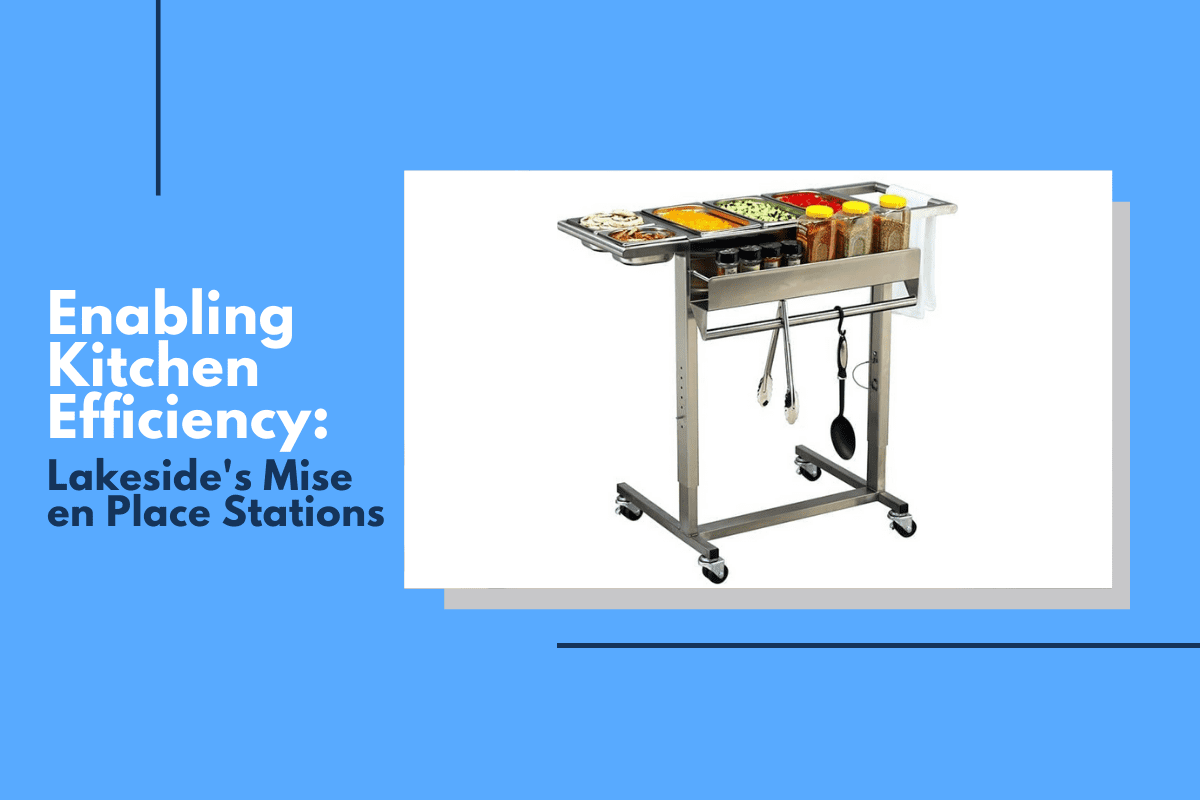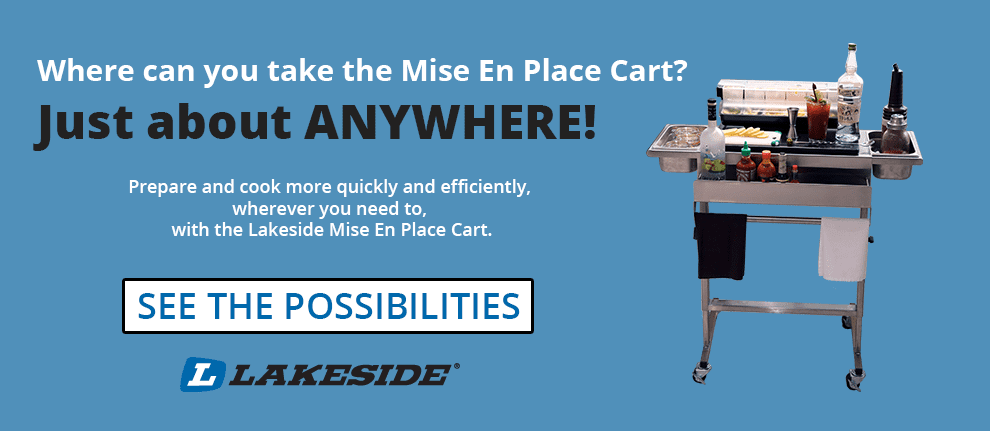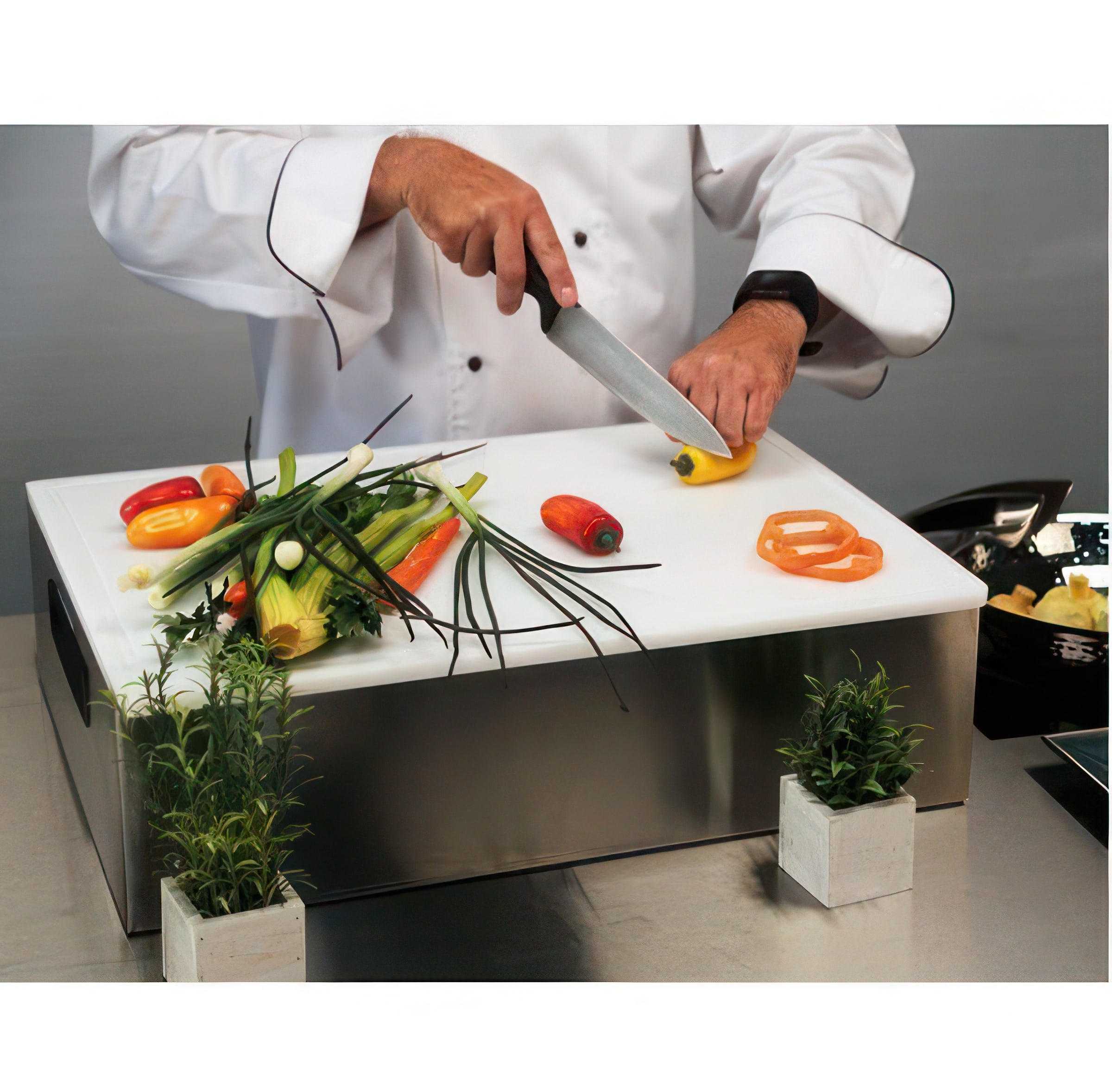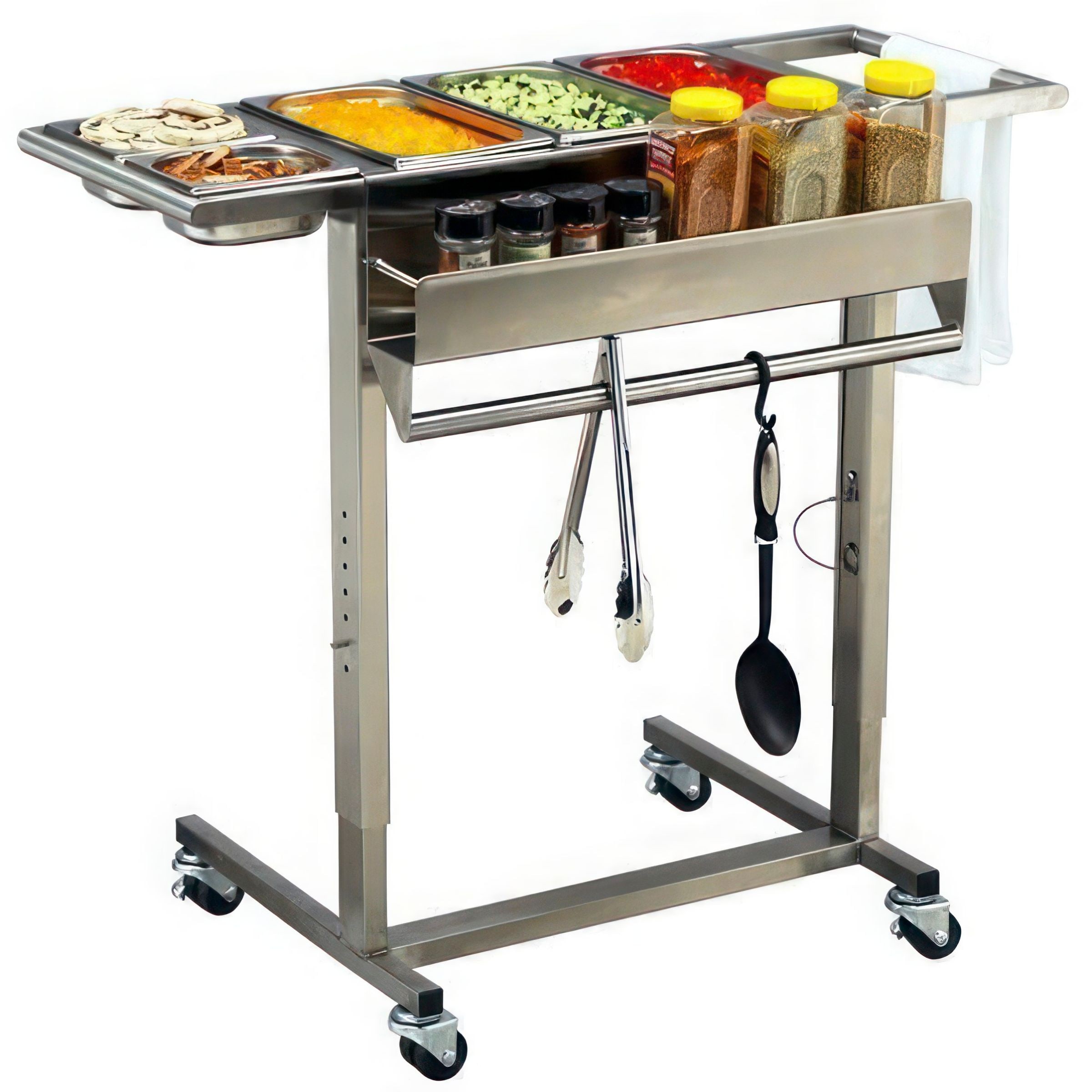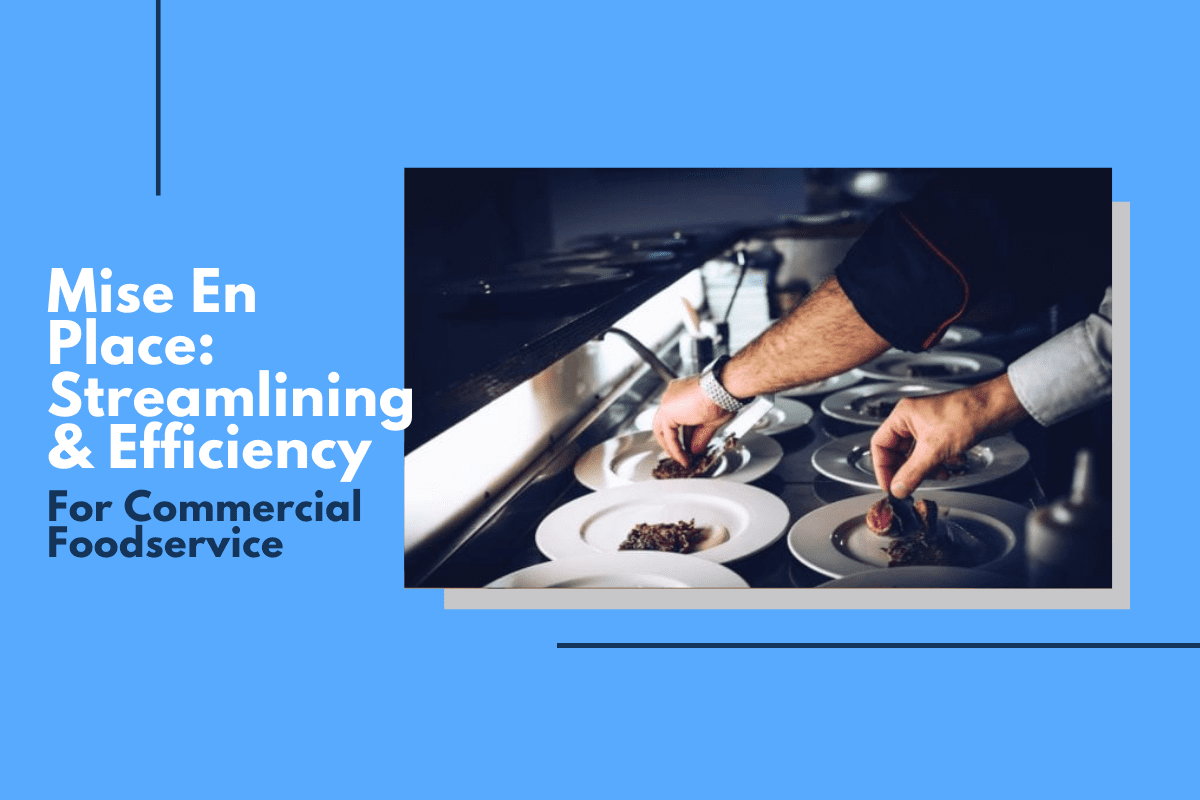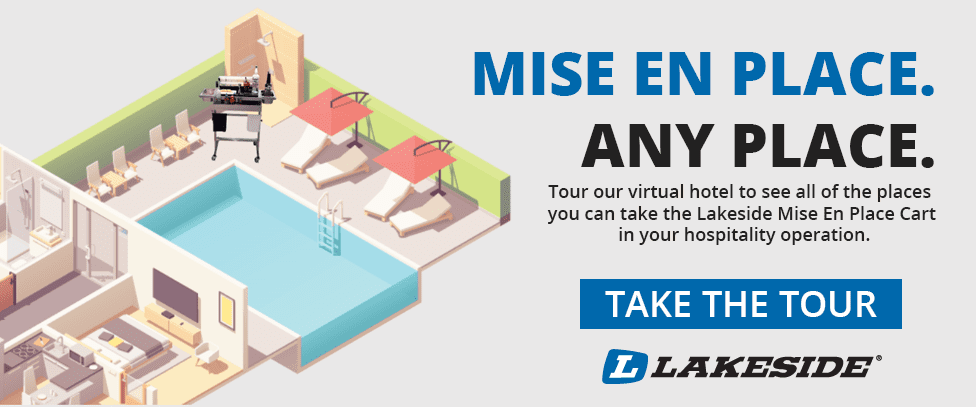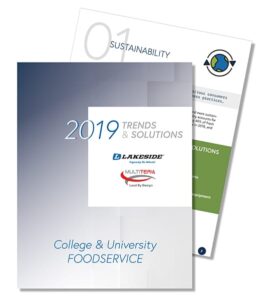Amidst the global spread of COVID-19, sanitization is more important than ever, especially for healthcare facilities, who are on the front lines of the battle against this pandemic. Sanitary equipment is imperative to slowing the spread of COVID-19, and our healthcare facilities need access to increased amounts of supplies such as masks, ventilators, hospital beds, emergency carts, and other ancillary equipment. While hospitals are investing in additional supplies, we must consider what materials are best suited to combat this situation. Medical equipment is manufactured with various types of metals, plastics, and more. But which is the best for safety and sanitization? The consensus of the medical community is widely agreed upon: stainless steel.
What is stainless steel?
Stainless steels are iron-based alloys that contain at least 10.5% chromium and 1.2% or less carbon. There are many different types or grades of stainless steel which are created by altering the percentages of its contents, and adding in different metals and elements such as:
• Nickel
• Molybdenum
• Titanium
• Copper
• Carbon
• Nitrogen
In fact, there are over 50 different grades of stainless steel. Grades such as 200 and 400 series are widely used but they all share properties that cause this metal to have its unique sterilization capabilities. Stainless Steel gets its “claim to fame” due to its ability to resist rust and corrosion. This property is due to the addition of chromium which creates a chromium-oxide film on the surface when exposed to oxygen. This film acts as a barrier between the steel and the environment. If the film is broken, it has the ability to self-heal, as long as oxygen is present. With this ability, stainless steel makes an excellent choice for medical equipment that is constantly wiped down, washed and cleaned. All this cleaning would likely damage other materials but this where stainless really shines! It’s chromium-oxide film allows it to heal itself after getting beat up by the variety of cleaning methods necessary in a healthcare environment.
Why is stainless steel the hygienic standard in healthcare facilities?

The unique capability to self-heal helps create a surface that is very easy to sanitize in comparison to other materials used widely in medical equipment. Other materials such as ceramics, plastics and polymers are susceptible to micro cracks, dents, and scratches which harbor bacteria and other germs. Oftentimes these micro cracks are invisible to the naked eye, making these materials especially challenging to thoroughly clean. Stainless steel, on the other hand, is highly durable and resistant to cracks, dents and scratches. Its natural film protects the metal and reduces the amount of maintenance necessary. With all this in mind, it becomes clear why other materials cannot steel the crown from stainless steel as the king of durability and cleanability.
We can also see why stainless steel is widely used in medical applications. Not only is it extremely durable, but it is also an easy material to work with as it can be cut, welded, and shaped very easily, while providing extra strength. Stainless steel also lasts much longer than other materials and won’t scratch and dent over time. This makes stainless steel an excellent investment that ensures easy cleaning and low maintenance for years to come. Stainless steel also has high temperature resistance, meaning that even in high temperature environments it won’t deform or break under mechanical stress unlike many other materials.
Our Hospital Room Service products are made with stainless steel for the specific reason of its durability and its cleanability. Click here to learn about Hospital Room Service Solutions.
Common Medical Applications of Stainless Steel
 Stainless steel is used for a variety of different medical applications including:
Stainless steel is used for a variety of different medical applications including:
Stainless steel is specifically useful for utility carts as they must be able to carry heavy loads, while not being too heavy by themselves. Additionally, the sanitary element is very important for utility carts in healthcare facilities, and stainless steel provides the best surface to ensure safe and sanitary equipment. A great example of the strength of stainless steel comes from the Lakeside 444 Utility Cart which has a capacity of 500 lbs. while only weighing 68 lbs. itself. Utility carts like this have the best durability and value, because they will last much longer than a similar cart made from aluminum or a different alloy.
Importance of Stainless Steel During COVID-19

The ongoing pandemic is pushing the healthcare industry to the limit, and the need for safe and sanitary equipment is at an all-time high. Because COVID-19 is a respiratory virus, it spreads very easily, and healthcare facilities and equipment must be sanitized effectively. It is recommended that healthcare facilities assign the daily cleaning and disinfection of high touch surfaces to the nurses and personnel who will already be in close contact with the patient. The use of stainless steel instead of plastic or aluminum equipment makes the sterilization process simpler and takes a load off the healthcare professionals who are tasked with the job of cleaning these hazardous surfaces.
Lakeside Manufacturing is committed to supporting medical facilities with rapid manufacturing and shipping times. Our facility remains open and operational under the essential business provisions granted by local and federal guidelines. Please reach out if your facility is in need of case carts or utility carts during this challenging time. Lakeside is prepared to support increased demand of stainless steel products and remains dedicated to providing quality healthcare solutions.
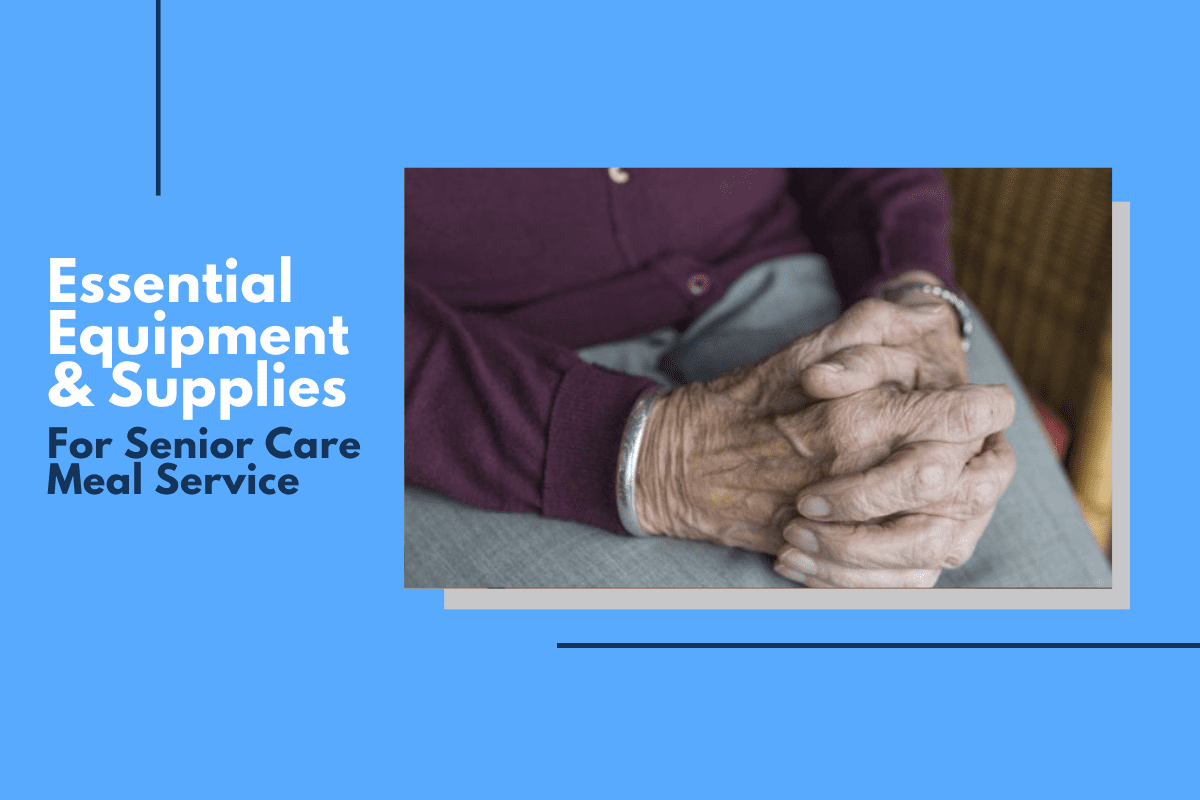

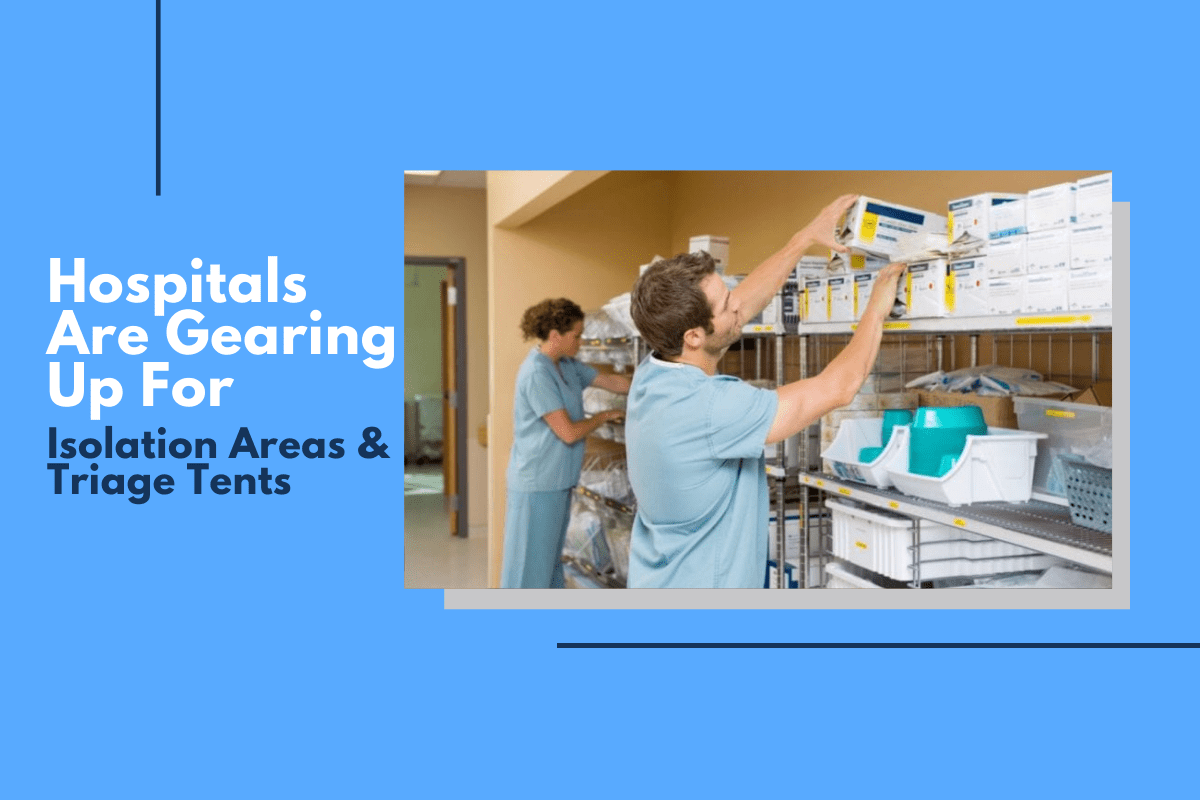



 Airborne Infection Isolation Rooms (AIIRs) are a standard for hospitals but many facilities are anticipating that existing capacity will not be sufficient during this time. AIIRs use negative air pressure to prevent airborne illnesses from escaping the room and infecting others. These areas have been used for illnesses such as tuberculosis or measles in the past. With a looming surge of COVID-19 patients, hospitals need to prepare additional space for isolation beyond AIIRs.
Airborne Infection Isolation Rooms (AIIRs) are a standard for hospitals but many facilities are anticipating that existing capacity will not be sufficient during this time. AIIRs use negative air pressure to prevent airborne illnesses from escaping the room and infecting others. These areas have been used for illnesses such as tuberculosis or measles in the past. With a looming surge of COVID-19 patients, hospitals need to prepare additional space for isolation beyond AIIRs.
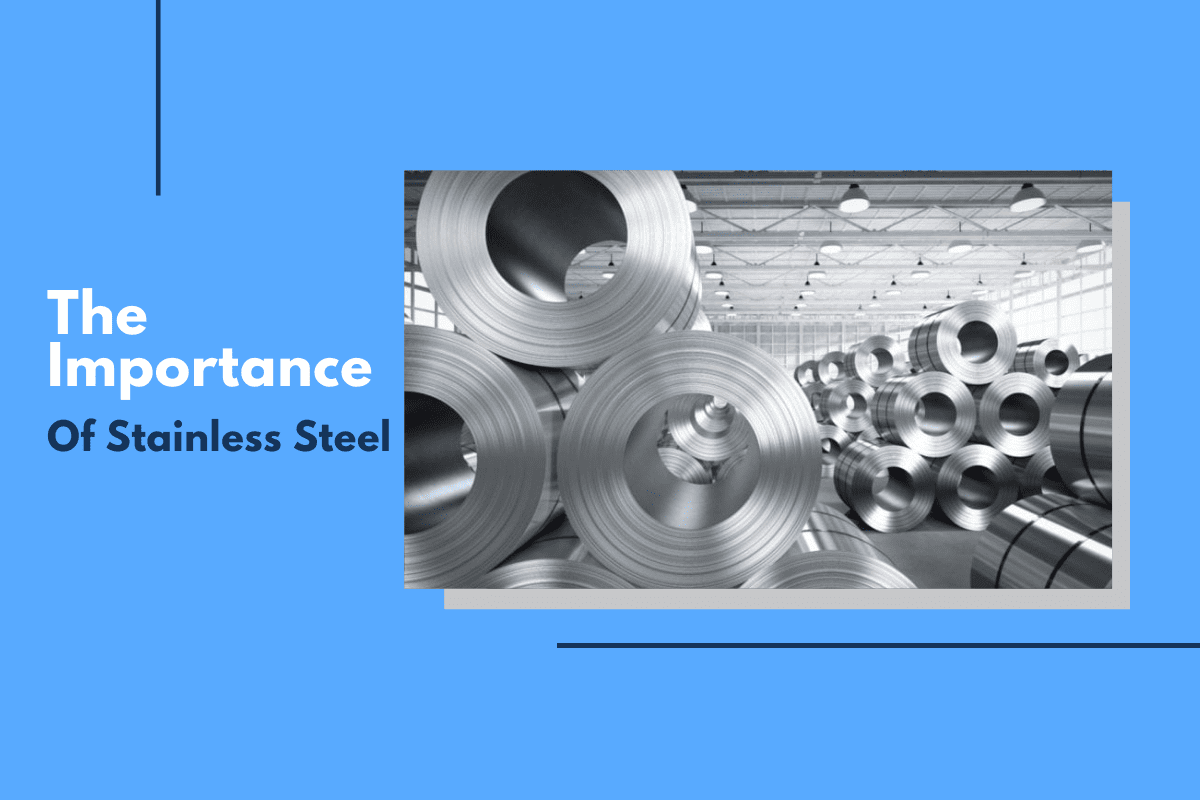

 Stainless steel is used for a variety of different medical applications including:
Stainless steel is used for a variety of different medical applications including:
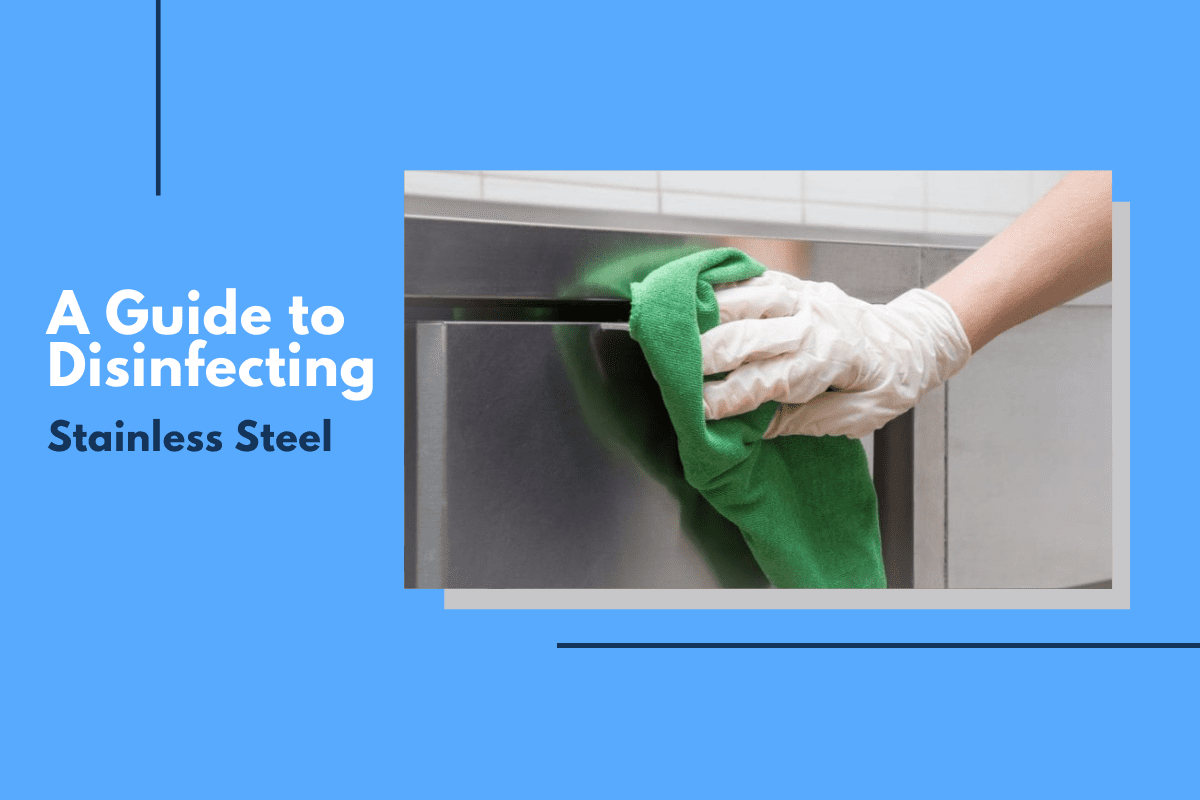

 Prior to cleaning and disinfecting any surface, it is imperative to use Personal Protective Equipment (PPE). There are four major types of PPE including face shields, gloves, goggles, and gowns. At minimum gloves and eye protection should be used before cleaning any potentially contaminated surface.
Prior to cleaning and disinfecting any surface, it is imperative to use Personal Protective Equipment (PPE). There are four major types of PPE including face shields, gloves, goggles, and gowns. At minimum gloves and eye protection should be used before cleaning any potentially contaminated surface. Certain cleaning utensils like steel wool or other steel brushes are too abrasive for stainless steel. These types of tools can contain iron particles. When used to clean stainless steel, they can leave metal particles on the surface and lead to rust formation. A soft cloth, gentle brushes, or sponges are much better alternatives.
Certain cleaning utensils like steel wool or other steel brushes are too abrasive for stainless steel. These types of tools can contain iron particles. When used to clean stainless steel, they can leave metal particles on the surface and lead to rust formation. A soft cloth, gentle brushes, or sponges are much better alternatives. To effectively sanitize a stainless steel surface, it is recommended to begin by using hot soap and water. Using your towel, you can then begin to use any additional cleaning solutions. Always rub in the direction of the steel grain for maximum effectiveness and to avoid scratching the surface.
To effectively sanitize a stainless steel surface, it is recommended to begin by using hot soap and water. Using your towel, you can then begin to use any additional cleaning solutions. Always rub in the direction of the steel grain for maximum effectiveness and to avoid scratching the surface.